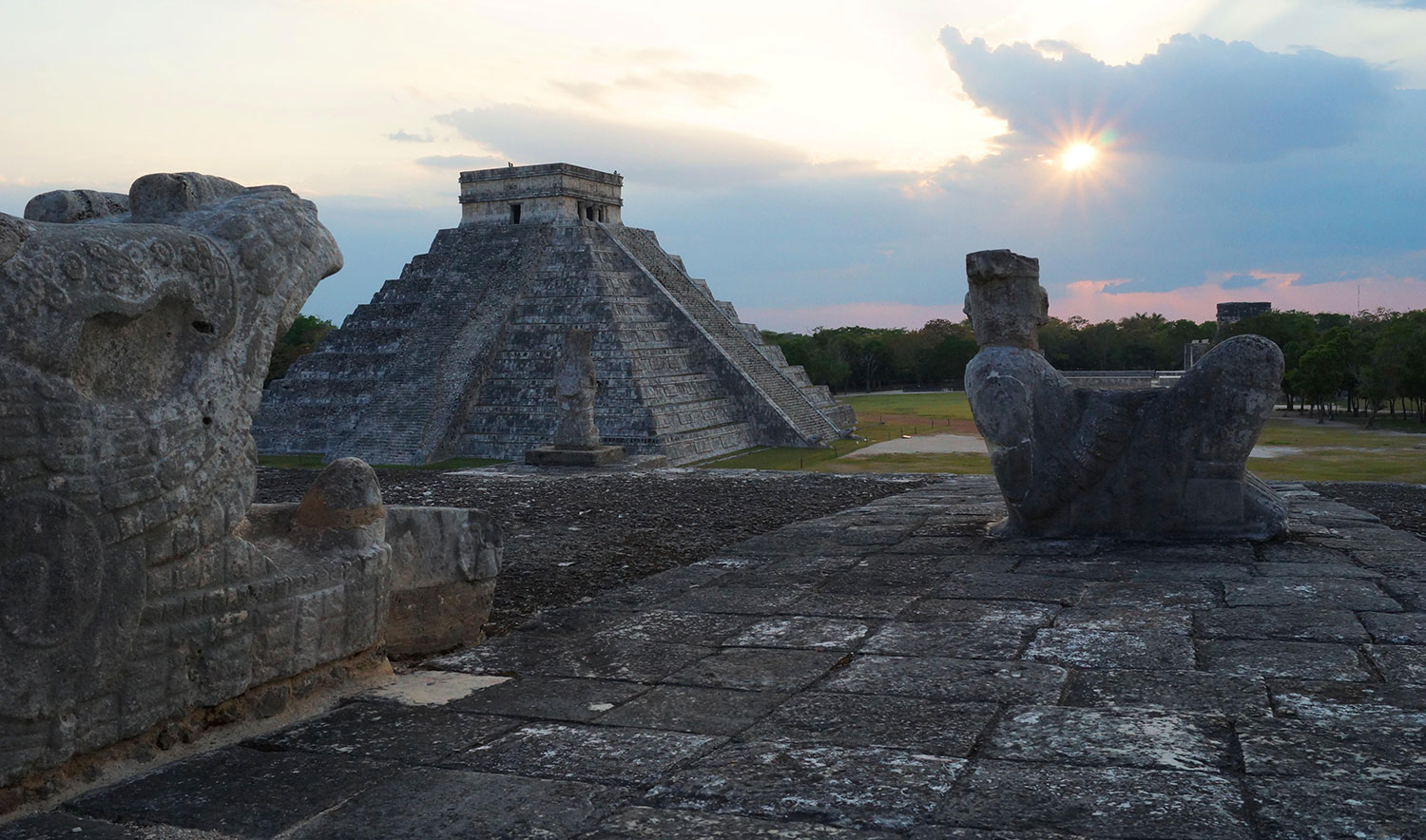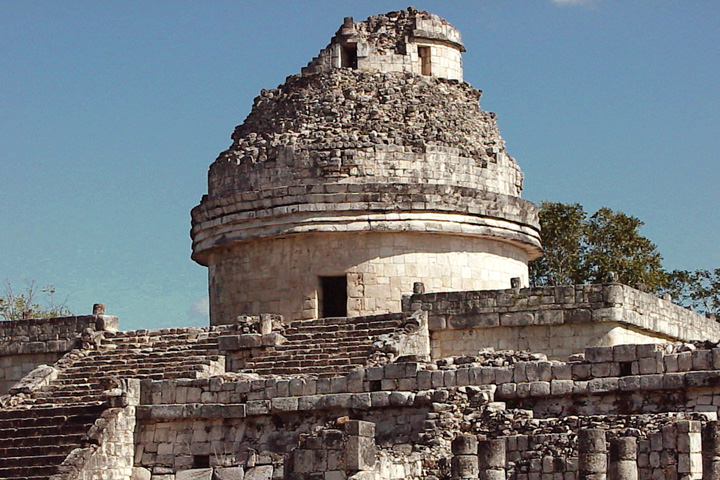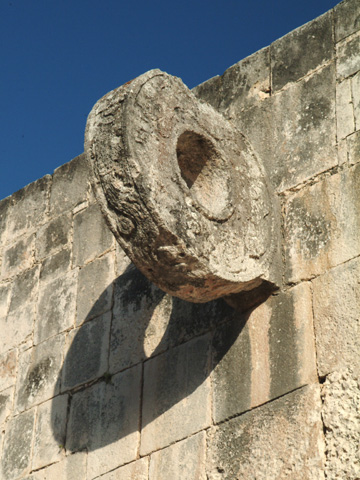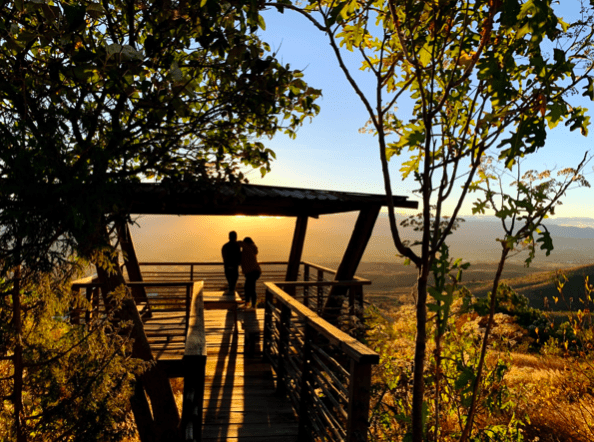The mythical architecture of Chichén Itzá




Tailor made for you.
The city of Chichén Itzá was the most powerful of the Mayan empire. It reached its splendor around 987 AD. The first part of its name means “mouth of the well”. The second part refers to its founders, the Itzaes, which means “water sorcerers”. It is located in the north of the Yucatan peninsula, 120 km from its capital.
UNESCO declared this legendary archaeological site World Heritage Site in 1988. In 2007 it was declared Wonder of the Modern World. It reached an area of 25 square kilometers. Its most important element is the Sacred Cenote, where the entire Mayan area worshipped Chaac, god of rain. The community considered it an entrance to the underworld.

Enjoy a trip full of archeological sites.
Chichén Itzá witnessed one of the most important migrations in pre-Hispanic history. The Toltecs, a civilization from the Valley of Mexico, invaded the site. This fact brought new cultural and architectural elements. Near the cenote are the buildings with completely Mayan structures.
Important sites
Chichén Itzá has about 26 Mayan ruins to visit. In addition to temples, you can find the remains of markets, playgrounds, and dwellings. Also, archaeologists have found at least 90 causeways that connect with the surrounding cities. The symbolism in their constructions is about the god Kukulkán or Quetzalcoatl.
Experience a personalized journey to Mexico
The Mayan culture stood out for its knowledge of astronomy. In Chichén Itzá there is an observatory, El Caracol. Its name alludes to its staircase aligned with the planet Venus. Its entire structure aligns perfectly with the celestial bodies. The Mayan civilization planned their crops and calendar around astrological phenomena.

Another important site in Chichén Itzá is the structures that make the Ball Game. This game is representative of the Mayan culture. It consisted of introducing a ball into stone rings that were on top of 12 meter high walls; one of them is still there. It was a sport that was played both for ritual purposes or just as entertainment.

Light and shadow
The main building is El Castillo. This stone pyramid is 30 meters high. It has 4 stairways, each one with 91 steps, adding up to 364 that, plus the upper platform, represent the days of the year. At the base of the staircase, there are two snakeheads that allude to the god Kukulkán.
At sunset every spring and autumn equinox, the sun creates the illusion of a snake descending from the temple. This symbolizes the descent of Kukulkan, which for the Maya meant the beginning of the rainy season. This solar projection is achieved through 7 inverted triangles of light and thanks to the shadow of its 9 platforms.

At the dawn of the summer solstice, the sun only illuminates the north and east faces of the pyramid while the others remain in shadow. This phenomenon was important as it indicated the start of the harvest season. In the evening of the winter solstice the opposite occurs, the south and west faces of the pyramid are illuminated.
Let Ancient Mexico amaze you.
The Mayan culture was one of the most interesting. Its architecture reflects all their knowledge of astrology. Chichén Itzá is one of the most impressive cities of ancient Mexico. It is necessary to visit it at least once in a lifetime.
journey






